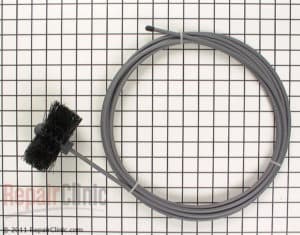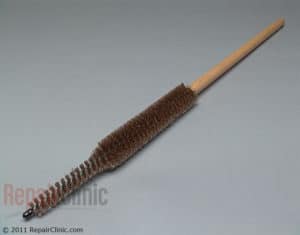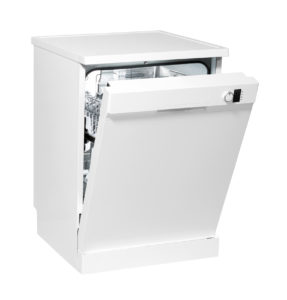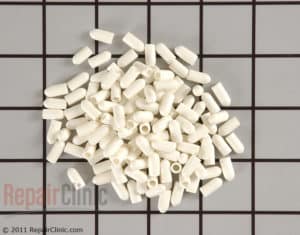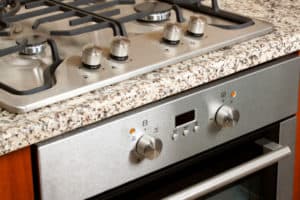Regular appliance maintenance can save you money and prevent costly repairs by keeping your machines efficient, safe, and long-lasting. Many people assume their dryers, refrigerators, and other household appliances will simply keep running without care until something breaks, but neglecting small maintenance tasks can lead to major problems. Cleaning out dryer lint reduces fire risks, washing lint filters restores airflow, and removing dust from refrigerator coils cuts energy costs. Even simple steps like replacing worn door gaskets or using the right cleaning tools can extend appliance life and lower repair expenses. A little routine care today means fewer headaches and more savings tomorrow.
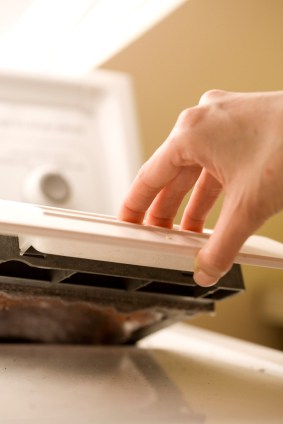
THE DRYER.
- Dryer lint buildup is an extreme fire risk. When I key extreme, I mean, EXTREME. Clean out the lint.
Take it from someone who gets Google alerts for any news mention of the word dryer: Don’t be lax on this. Lint buildup and heat within your dryer’s venting is a fire waiting to happen – and it happens thousands of disastrous times every year across the U.S. and Canada.
That’s why at least once per year, it’s ultra important to clean out the venting from the inside of the dryer to the outside. It’s a 20-minute, do-it-yourself job that’s a piece of cake with this long, bend-y brush.
Related info
Dryer maintenance tips
Don’t confuse this job with your lint trap filter cleanout that must be done after every load.
High five if you remember to clean it out after every load. If you tend to forget, tape a reminder note to the wall in your laundry room. It’s extremely important to the proper functioning of your dryer.
Since pieces of lint inevitably fall into the lint trap filter chute, you should use a long, bristle brush to clean it out from time to time.
Here’s one that always surprises: Do you wash your lint trap filter?
Every six months or so, clean the lint trap filter with warm water, a small amount of detergent and a soft-bristle brush. Why? It may be clogged. Around here, in the land of the repair specialists, dryer fabric softener sheets have a bad rap. They’re accused of coating the lint trap filter with the chemicals that clog up the screen, which restricts air flow and causes all sorts of dryer problems. That’s one of a few reasons we recommend using liquid fabric softener during the wash cycle in lieu of dryer sheets.
***
THE REFRIGERATOR
- The black coils at the back of or beneath your fridge mean business. Clean them off every few months.
These coils are warm and oh so attractive to the dust, dirt and pet fur that are unfortunately circulating in the air in your home.
As the dust and dirt layers grow that cling to the coils, you’re dishing out more money for energy bills. The thicker the layers, the harder it is for the refrigerator to kick out the heat. Over time, dirty condenser coils will eventually lead to premature wear of key components, costly repairs and more cash out of your pocket.
Here’s the handy brush that I may gift to my family and friends this Christmas (I’m not kidding. It’s practical and potentially life saving. You’re welcome, family and friends).
- The rubber seal that outlines the door? Yeah, that’s the gasket and it’s kind of a big deal. It keeps the warm air out and the cool air inside of your refrigerator. Since we all open and close our refrigerator doors frequently, the gasket wears out crazy fast. As the gasket’s sealing ability weakens, the refrigerator has more warmer air to kick out out of its condenser coils. More energy is used. Fortunately, replacement gaskets are cheap and they’re easy to swap out.
Enter your refrigerator model number to find the gasket for your model.
Shop for refrigerator replacement parts
Here’s how to replace the gasket:
Related info
You vs. refrigerator
How to clean your refrigerator and keep it clean
***
THE DISHWASHER.
It’s common for the paint on dishwasher racks to chip away over time. Exposed metal can rust, causing particles to clog the water inlet valve or other key components.
At the first sight of exposed metal, use touch-up paint on the racks. Consider also these handy caps to cover rusting tine tips.
Shop dishwasher replacement parts
Related info
The right way to load a dishwasher
14 surprising things you can wash in your dishwasher
***
THE OVEN.
Don’t leave spilled and splattered food on oven floor and walls to sit for long. Wait for your oven to cool and wipe them up. Food particles left to sit will smoke and may eventually catch on fire.
If your oven has a self-cleaning feature, don’t run it the day before your in-laws are expected to arrive to enjoy your home-cooked meal. A self-cleaning cycle gets the oven to extreme temperatures; it’s fairly common for the door latch to malfunction. Run the self-cleaning cycle a good two weeks before any scheduled get togethers so that you can order and fix your range in the event of an issue.
Related info
Okay, I’ll stop there and save more for another post.
What would you add to the list for appliance and outdoor power equipment care?
Please share a tip in the comments below. Some of the best advice comes from YOU.
Thanks for reading!
